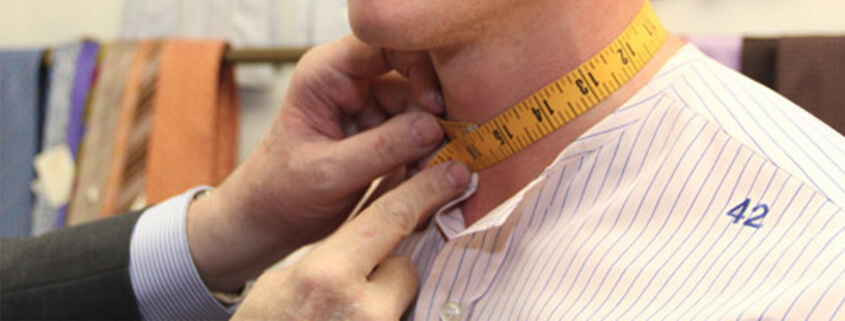Designing your personal style means paying attention to details. Have you considered the style potential of choosing between the various options for shirt placket design? (That’s the strip of fabric that holds the buttons.)
- Front placket-found in the vast majority of dress shirts. Always a good option for business attire, but its ubiquity means it lacks individuality.
- No front placket-also called a French front, this placket has no visual stitching alongside the row of buttons, so it creates clean lines but can be trickier to iron.
- Covered placket-commonly called a fly front, the covered placket has an additional layer of fabric covering the buttons. It’s sometimes found in tuxedo shirts and other very dressy clothing.
- Tuxedo front-looks similar to the French front but differs in that the top four buttons are removable, allowing you to replace the buttons with tuxedo studs. This placket is best used only with tuxedo shirts.
The next time you’re creating dress shirts that will showcase your style, consider switching it up with a different placket for a fresh option in your signature style.
“Fashion has always been a repetition of ideas, but what makes it new is the way you put it together.”
– Carolina Herrera
Q & A – ASK REX
Question: How do I tie different length ties right the first time?
Answer: We’ve got a simple way
to help you know exactly where to start your knot, with any length of a necktie.
- Tie your regular knot.
- Carefully untie and measure the length of fabric used in a knot.
- Slide the thick (wide) end of your necktie down so that length of fabric used in the knot sits just below your belt buckle.
- Hold the necktie in position carefully and tie the knot again.
QUICK TIP: Find an easy approximation of the knot fabric length (such as fingertip to fingertip of your outstretched hand, or two hand widths, etc.) and use that as your measurement each time instead of using a ruler.




